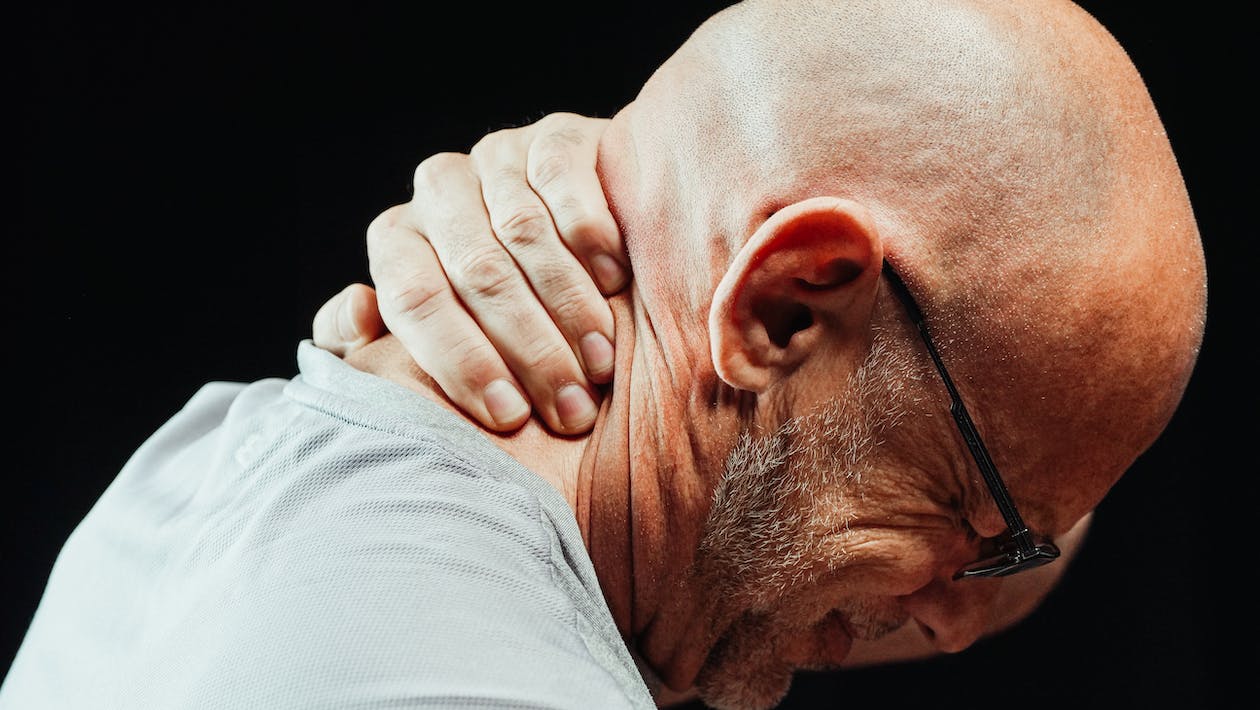It is essential to analyze body posture as a factor of well-being, as it is the source of many health issues. Indeed, the correct spine alignment is crucial for the excellent condition of the muscles, joints, and bones. In addition, our posture affects our energy levels, breathing patterns, and the proper functioning of our organs.
When the body is in alignment, we can experience wellbeing!

There are five types of posture.
Ideal Body Posture, the natural alignment
- The head and pelvis are in a neutral position
- Spinal curves are normal
- Shoulder blades are flat on the upper back
- Knees, hips, and ankles are in a neutral position
Kyphosis posture
- The head and pelvis are tilted forward
- The shoulder blades are in extension
- The hips have a short distance apart
The curves of the spine are:
- The lumbar spine is usually elevated
- The thoracic spine is also significantly increased
- The cervical spine is in extension
Lordosis position
- The head and pelvis are tilted forward
- The shoulder blades are in extension
- The hips are closer together
About the curves of the spine:
- Lumbar is in hyperextension
- The sternum can be either in a neutral position or slightly kyphotic
Flat-back posture
- The head is tilted forward
- The pelvis is posteriorly inclined
- shoulder blades extended
- hips and knees in extension
The curves of the spine are:
- Lumbar spine is straightened
- Increased thoracic curve
Sway-back Posture
- the head is forward
- the pelvis is posteriorly inclined
- shoulder blades extended
- hips and knees in hyperextension
spinal curves:
- lumbar spine is flattened
- increased thoracic curve
- the cervical spine is slightly in extension
Find your posture
Wear fitted clothes so you can see the curves of your body. First, take a pose, without shoes, with your feet shoulder-width apart having a relaxed straight torso.
Secondly, relax deeply and let your breath in its natural flow.
Now, you need another person or a friend to observe your body. It would be a good idea to take a full body photo of you from all angles, front – back – right – left. The picture will help you observe your body in all dimensions. Moreover, you will have a reference to check the differences in your posture after a particular therapeutic or strengthening program.
Furthermore, after making observations, look at the types above to discover which of these postures look like yours. For example, if you have a kyphotic thoracic curve (a hump in the back), you are likely to be of the kyphosis or sway-back posture type. Now, look at your notes about your pelvis. If your pelvis tilts backward, then you belong in a sway-back posture. But if your hips are closer to each other, then you belong to the kyphotic posture.
When you get your self-diagnosis, you can turn to an expert trainer to work together to correct your posture.
Extra tip
If you have physical pains, lack energy, and find it difficult to do daily activities, it is essential to check your posture type. In any case, pilates and physical therapy like bowen are the techniques that will help you return to a state of health and wellness





